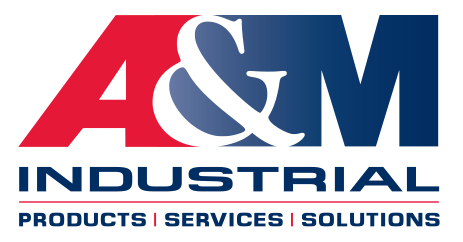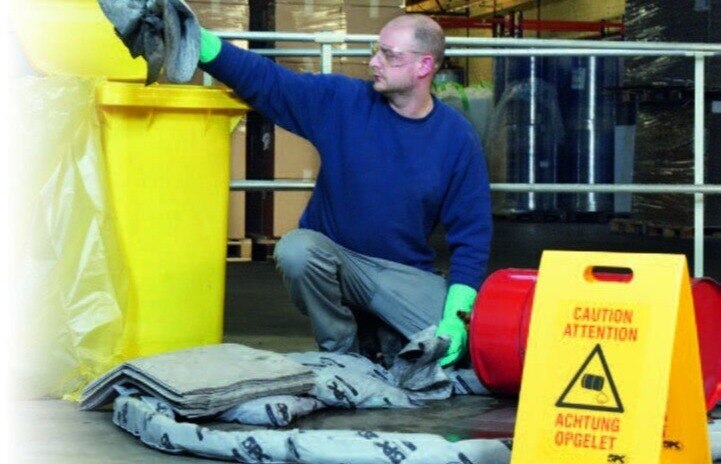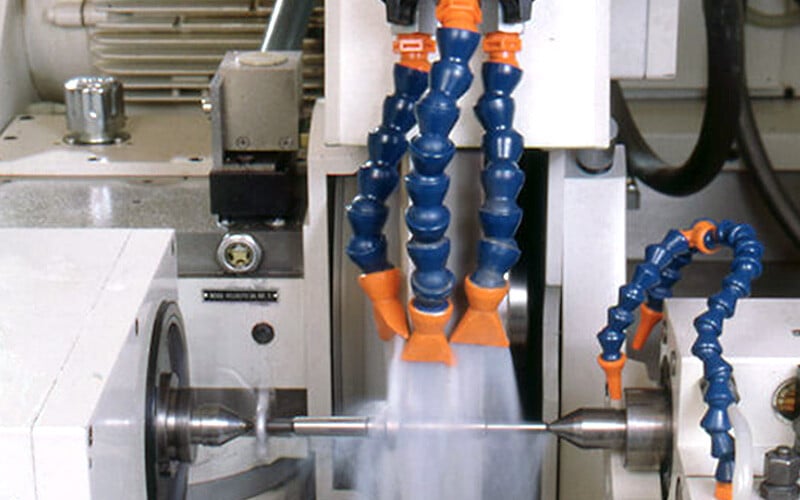Hurricane Preparedness For Machine Shops

Discover how to shield your machine shop or manufacturing facility from the devastating impacts of hurricanes with our comprehensive preparedness checklist.
Understanding the Risks: Why Machine Shops Must Prepare for Hurricanes
Machine shops and manufacturing facilities often house expensive and sensitive machinery and equipment that can be severely damaged by hurricanes. Each major storm can bring a combination of high winds, heavy rains, and potential flooding that poses significant risks to both the infrastructure and the operations of these facilities.
Hurricane preparedness is not just about protecting physical assets; it's also about ensuring business continuity. Downtime can lead to missed deadlines, lost revenue, and damage to customer relationships. Understanding these risks underscores the importance of having a robust hurricane preparedness plan for your machine shop in place.
Securing Your Shop before the storm: Safeguards and Equipment Safety
Fortify against hurricane-force winds: Inspect your facility's roof, windows, and doors for vulnerabilities and reinforce them as necessary. Installing storm shutters or impact-resistant windows (or temporarily mounting plywood on the outside frames) can provide additional protection.
Protect your machinery: Anchor machines to prevent movement during the storm. Back up data including CNC code and CAD files onto an external server or hard drive. Cover machines with waterproof tarps to prevent water damage.
Protect your equipment and raw materials: Elevate sensitive equipment off the ground to protect against flooding. Be sure loose tools are secured and locked within storage cabinets and carts. Place raw materials on elevated shelving and storage racks.
Guard against rust: to protect against potential exposure to water or moisture, be sure to coat machine ways and metal raw materials with a rust inhibitor.
Preserve coolant: to safeguard against contamination, pump out coolant reservoirs and store in sealed drums or containers. Utilize drum handling equipment to ensure safe transport of your coolant.
Move flammable liquids: be sure flammable liquids are stored in flammable safety cabinets and as far away as possible from your main shop floor.
Stock up on safety, janitorial, and emergency preparation supplies: anticipating a clean-up and the potential supply chain and delivery issues a significant storm may cause, it's important to have gloves, respiration protection, hard hats, first-aid kits and supplies, batteries, flashlights, sorbents, brooms, mops, wet/dry vacs and cleaning supplies on-hand in advance of the storm.
Test and prepare generators: in the event you lose power, you'll want to be sure your back-up systems are operational and at the ready. Test run your generators in advance of the storm and be sure you have gas available and stored safely.
Protect against power surges: unplug your machinery, digital readout equipment (DRO), and office computers. As an added precaution, you may choose to disconnect your facility's main power/electric feed to safeguard against sparking or fire hazard.
Inventory Management and Protection Strategies Before a Storm
Conduct a thorough inventory of all materials and finished products prior to hurricane season. Keep an updated list of all items and their locations within the facility. This can be critical in expediting insurance claims.
Move valuable inventory and raw materials to higher ground or a more secure location. Use waterproof containers or pallets to store items that could be affected by water. Additionally, consider having an off-site storage solution for critical components and products if time allows.
Creating an Effective Communication Plan for Hurricane Season
An effective communication plan ensures that all employees are informed and know what to do before, during, and after a hurricane. Take these steps to ensure your plan can be effective:
- Designate a point person or team responsible for disseminating information and updates.
- Ensure that contact information for all employees is up-to-date and that everyone understands the emergency procedures in advance of the storm.
- Be sure that employee, client and supplier information, as well as your insurance information, is protected and backed-up externally. You'll want to ensure you have access to this information off-site.
- Use multiple channels to communicate, such as emails, phone calls, text messages, and social media – assume access to certain channels will be limited or unavailable post-storm.
- Regularly conduct drills to keep the team prepared.
Post-Hurricane Recovery: Steps to Resume Operations Safely and Efficiently
Once the hurricane has passed, the first step is to assess the damage. Conduct a thorough inspection of the facility, checking for structural damage, equipment malfunctions, and inventory losses.
Prioritize safety during the recovery process. Ensure that the facility is safe for employees to return and resume operations. Develop a phased approach to restarting operations, beginning with critical processes and gradually bringing the entire shop back online. Document all damages and repairs for insurance purposes and future reference. Contact the A&M Industrial Safety Team for emergency preparation assistance. We can help with preparing your machine shop or manufacturing facility for a hurricane, or assist with getting your machine shop back up and running after the storm.
Hurricane And Emergency Prep
Find necessities you'll need to prepare and secure your industrial facility in advance of a hurricane, flooding, or weather-related emergency. Featuring generators, batteries, safety and PPE, plus post-storm cleaning supplies, this flyer includes the items you'll want to have on-hand to speed up recovery and better ensure business continuity.



